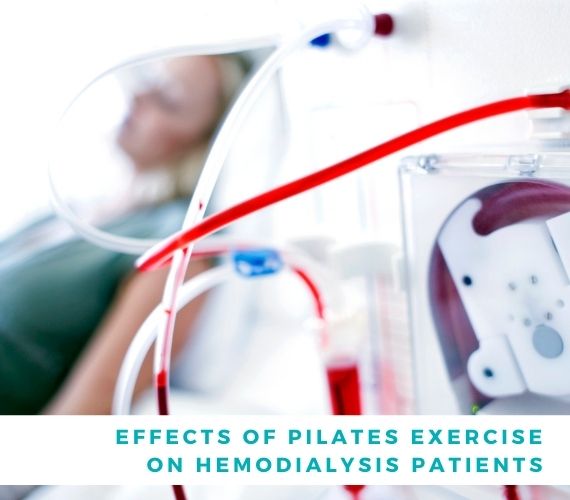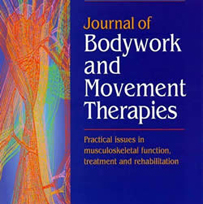
Excerpt from the study
Zahra Rahimimoghadam, MSc, Zahra Rahemi, MSN, PhD, Neda Mirbagher Ajorpaz, PhD, Zohre Sadat, PhD
Published in JBMT: June 02, 2016 – Link to original article
Introduction
Chronic renal failure (CRF) is a major international health problem (Williams and Manias, 2008). Patients undergo health challenges that lead them to change their daily lifestyles including adjusting their diets, using medications, and experiencing frequent hemodialysis (Abraham et al., 2012). Although hemodialysis is the most common treatment for these patients, it results in several adverse complications, such as food and fluid restrictions, pain in fistula, multiple hospitalizations, and financial burdens (Akin et al., 2014). Multiple complications, such as sleep disturbance, depression, anxiety, and social isolation contribute to patients’ reduced physical functioning, decreased quality of life, and poor general health (Aucella et al., 2015, Cohen et al., 2007, Gerogianni and Babatsikou, 2013, Hmwe et al., 2015, Parvan et al., 2013, Wang et al., 2012). Therefore, nursing and therapeutic interventions are required to deal with patients’ mental and physical complications and disabilities (Johnson and Dwyer, 2008).
The World Health Organization (WHO) defined general health as an individual’s physical, mental, social, and moral well-being (WHO, 2008). Maintenance of regular activities or improvement of physical exercise can enhance the general health of hemodialysis patients (Rhee and Kalantar-Zadeh, 2014). Besides medical interventions, complementary and alternative medicine suggests new therapeutic options with the goal of improving general health, reducing symptoms, and decreasing negative consequences and costs of conventional treatments (Birdee et al., 2013). Complementary and alternative medicine is a set of unconventional medical and healthcare interventions. These interventions include the use of biologically-based products such as dietary supplements, and mind-body exercises like yoga, deep breathing, and meditation (Duncan et al., 2007, Nowack et al., 2009).
Regular exercise improves mental function, reduces anxiety and depression, and improves temperament and happiness partly due to an increase in growth, cortisol, and serotonin hormones released in the body (Eyigor et al., 2010, Krogh et al., 2010). Cupist et al. (2011) reported that regular physical exercise plays a pivotal role in patients’ rehabilitation and the improvement of aspects of their physical health, such as cardiovascular, metabolic, and nutritional conditions (Cupisti et al., 2011). Maniam et al. (2014) revealed that physical exercise helps hemodialysis patients to improve their physical and mental conditions. Although exercise is widely recommended for hemodialysis patients, the physical demands of exercise, along with multiple complications of the disease and treatments, hinder patients to incorporate exercise programs into their conventional treatments (Jung and Park, 2011). Therefore, sports and rehabilitation experts have frequently suggested Pilates exercises to overcome patients’ problems related to exercise programs (Caldwell et al., 2009, Dunleavy, 2010, Rodrigues et al., 2010).
Summary
A clinical trial study was performed. Fifty hemodialysis patients were randomly assigned to intervention and control groups. A demographic information questionnaire and a general health questionnaire (GHQ-28) were completed by the two groups at the beginning of the study. Then, modified Pilates exercises were carried out in the intervention group three times a week over a period of eight weeks. At the end of the study, the GHQ-28 questionnaire was completed by the two groups. In the intervention group, the difference between the mean scores of general health before (45.24 ± 9.9) and after (31.2 ± 6.9) the intervention was significant ( p ≤ 0.002). After the intervention, the difference between the mean scores of the control (1.6 ± 1.3) and intervention (14 ± 0.78) groups was also significant ( p ≤ 0.001).
Conclusion
According to the findings, the Pilates exercise can be considered as an effective alternative for improving hemodialysis patients’ general health, physical and mental status, and social function. Due to the cost-effectiveness and safety of this method, we propose the inclusion of this program in the treatment protocol for hemodialysis patients.

Member Benefit: PAA Full Membership includes Subscription to the JBMT
Have you signed up for your free subscription to the Journal of Bodywork and Movement Therapy yet?
Full members with an active PAA membership have a subscription to the JBMT included with membership (lists are updated quarterly).
How to Access the JBMT
The first time you log in to the JBMT online you must claim your subscription. Thereafter you will be able to login anytime, providing your membership remains current.
Follow this link for instructions on how to access your complimentary subscription to the Journal: JBMT registration instructions

Comments are closed.